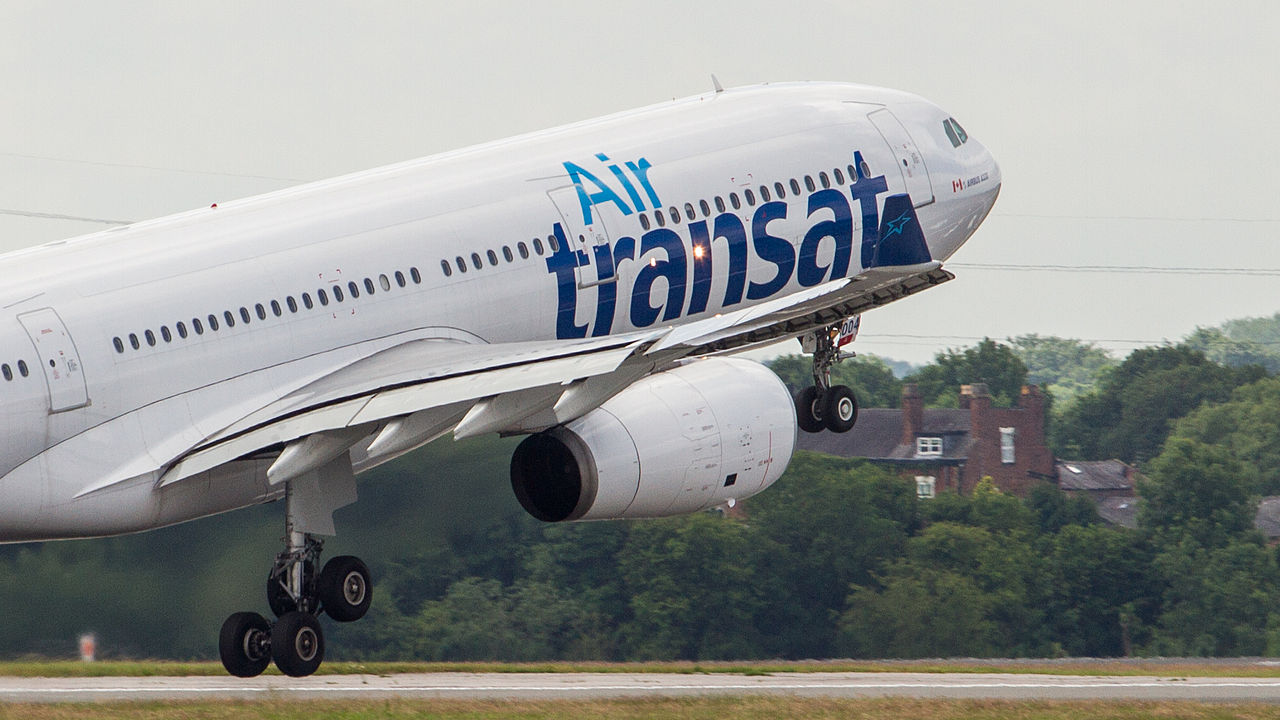New information regarding the initial diversion of track of missing flight MH370 has been revealed by a team of investigators.
The MH370-CAPTION team, led by aviation specialists Jean-Luc Marchand and Captain Patrick Blelly, has provided an update on new data that they have analysed from the Malaysian military radars.
Data Acquisition from Military Radar
This data includes the geodetic coordinates of the radar track points from Kuala Lumpur to the point the flight left radar coverage at 18:22 UTC.
This means the data specifies the precise latitude, longitude, and elevation of each point at which the Malaysian military radars tracked the aircraft.
Having these geodetic coordinates allows for a more accurate analysis of the aircraft’s flight path.
It provides a more detailed picture compared to just knowing the general direction or distance traveled by the aircraft based on radar pings.
MH370 Manually Piloted from IGARI
The analysis of this radar data has confirmed that the aircraft was manually flown by a pilot from its diversion at waypoint IGARI at 17:20 UTC.
The data findings reveal that the aircraft was then hand flown, at least as far as the island of Pulau Perak.
Instead of following the flight plan track to Beijing, which required a right hand turn at IGARI waypoint, the aircraft made a tight U-turn to the left.
Prior to the acquisition of the latest data, it was already believed that the aircraft was manually flown through this off-course turn.
The bank angle needed to conduct such a turn in the space it took place in is steeper than the angle which an autopilot would fly the aircraft at.
The latest radar data acquired by the CAPTION team supports this proposition.

Apparent Depressurized Descent
Secondly, the data reveals that the aircraft may have experienced a depressurization after the turn off flight plan track.
An approximate vertical profile of the flight was determined via the cross-analysis of radar coverages. This has provided a clearer understanding of the flight on this segment.
It shows that the aircraft was operated at FL300 or FL320 or a combination of both. Notably, it appears an emergency descent then occurred, supporting the team’s theory of a depressurization event having taken place.
Summary of Key Findings
The analysis confirmed important aspects of the MH370 trajectory between IGARI and the exit from radar coverage at 18:22 UTC:
- The aircraft was manually piloted, as evidenced by the lateral navigation characteristics of its trajectory. These do not match the more precise LNAV capability of the auto-pilot.
- Average speed of the aircraft is confirmed at approximately 510kt.
- An indicative approximate vertical profile could be determined showing that the aircraft descended after the U-turn procedure. It then climbed back to either FL300 or FL320 (approximate). The flight was in cruise at around FL295 at the last point of radar coverage at 18:22 UTC.
- This means a quasi-levelled flight path was carried out after Kota Bharu.
- The level of precision of this high-level vertical analysis is estimated at +/- 2000ft
Summary
Additional supporting information arises in the search for MH370 emerges with the newly analyzed data from Malaysian military radars.
This data provides geodetic coordinates. These pinpoint the exact latitude, longitude and elevation of the aircraft at various points along its track. Previously, investigators may have only had general direction and distance information.
This more precise picture assists in refining the overall understanding of at least part of MH370’s final flight path.
The MH370-CAPTION team postulate that flight MH 370 was under the control of a pilot in its last moments.
Their theory maintains that MH370 was flown under control, to a ditching at a point in the Southern Ocean.

Click the banner to subscribe to our weekly newsleter.

Click the photo to join our WhatsApp channel so then you can stay up to date with everything going on in the aviation industry!








